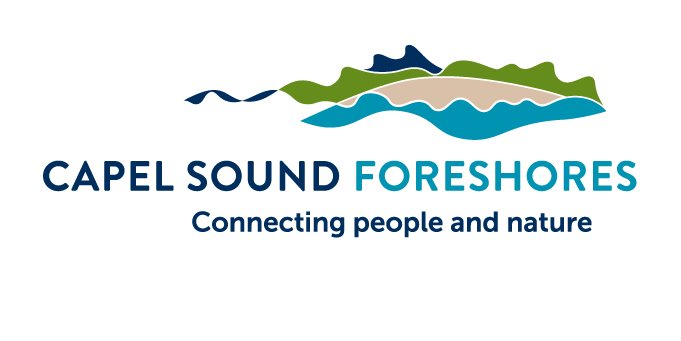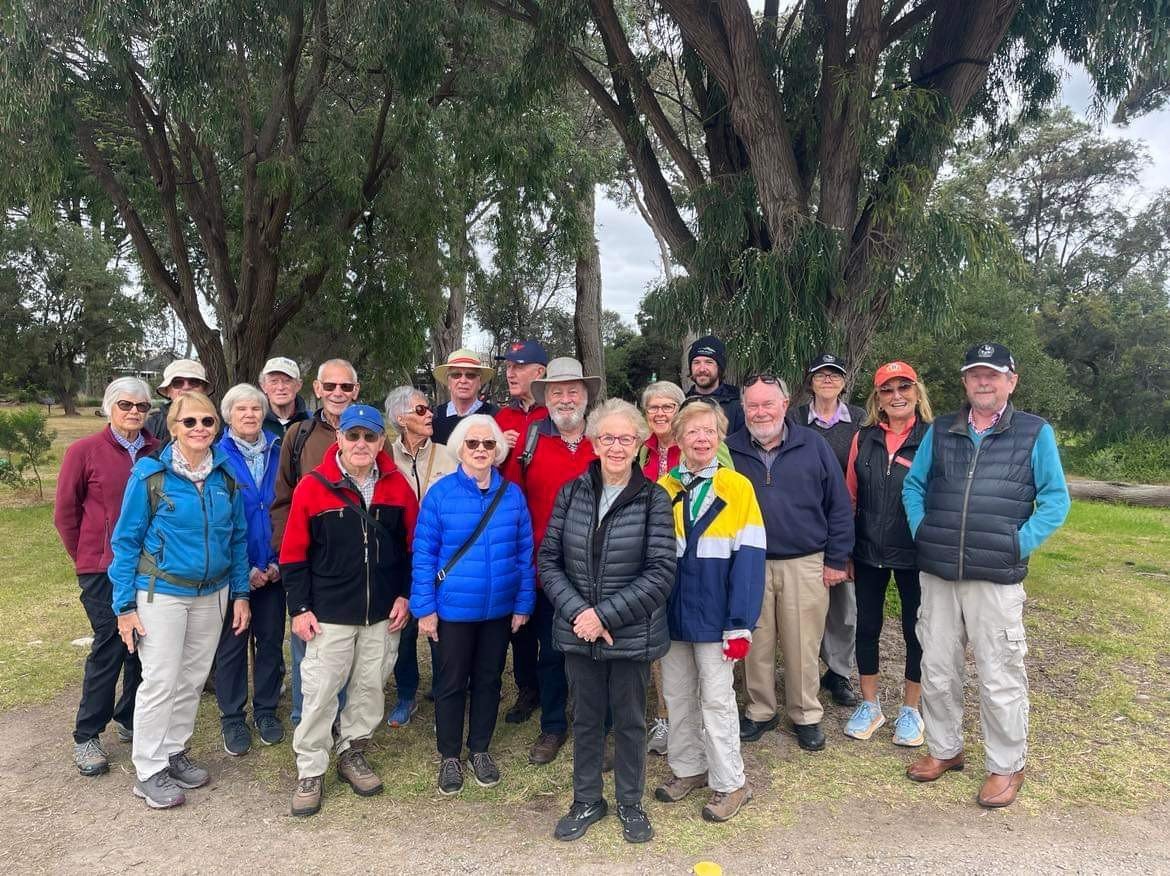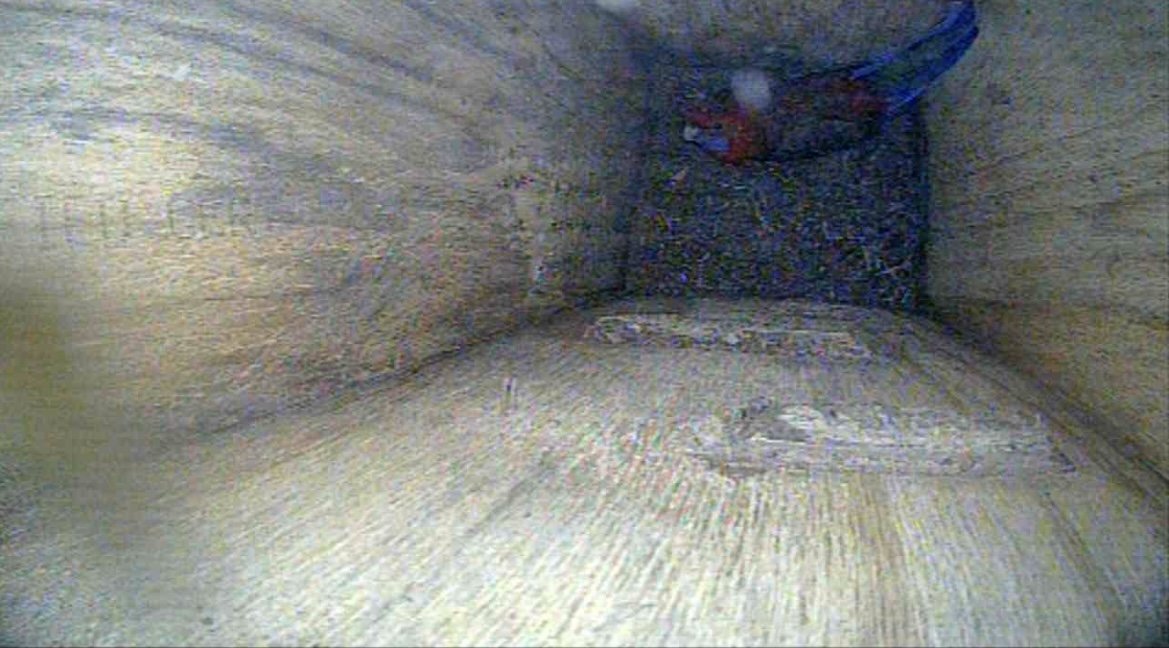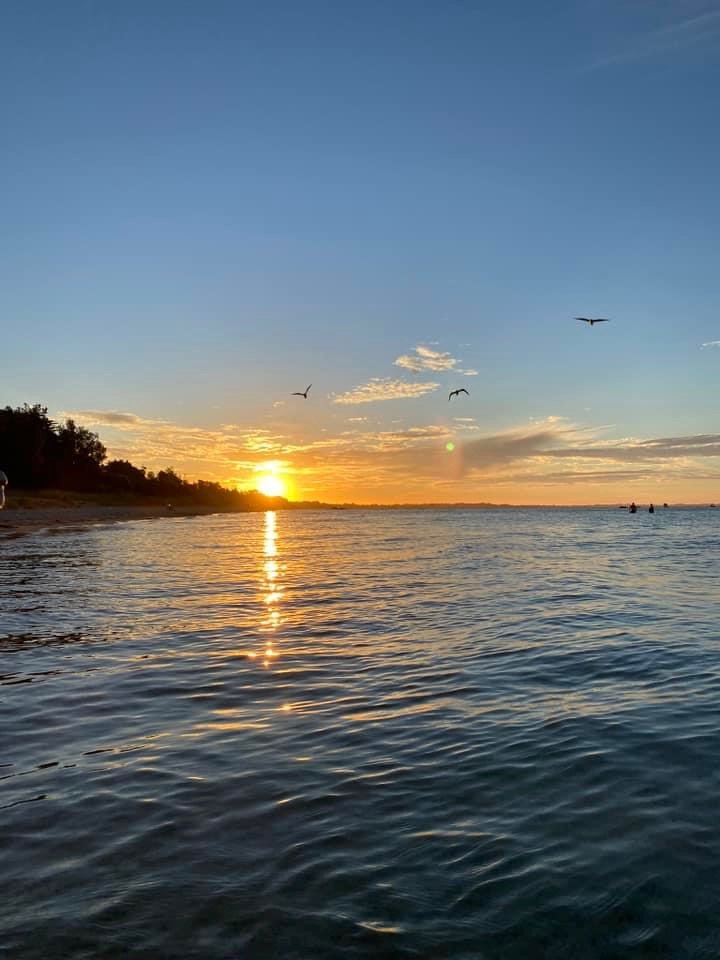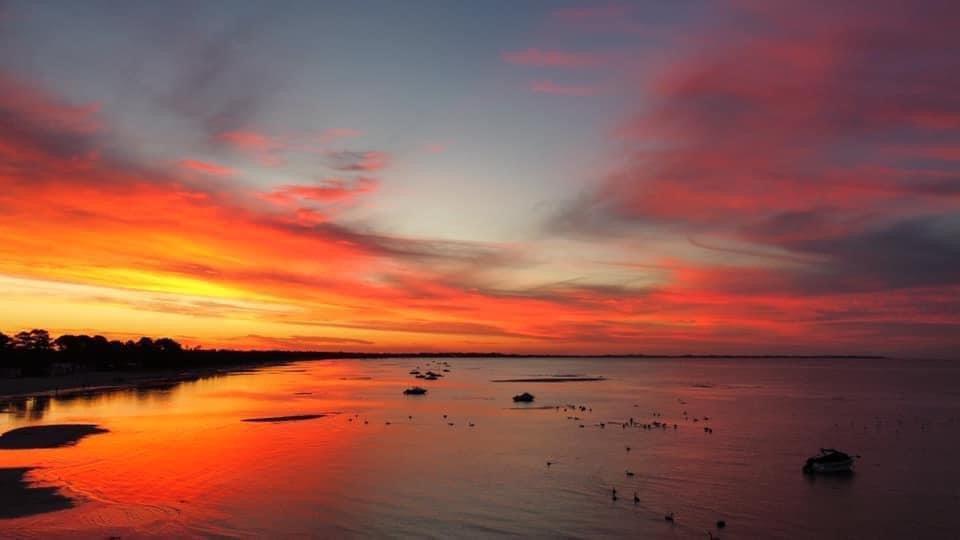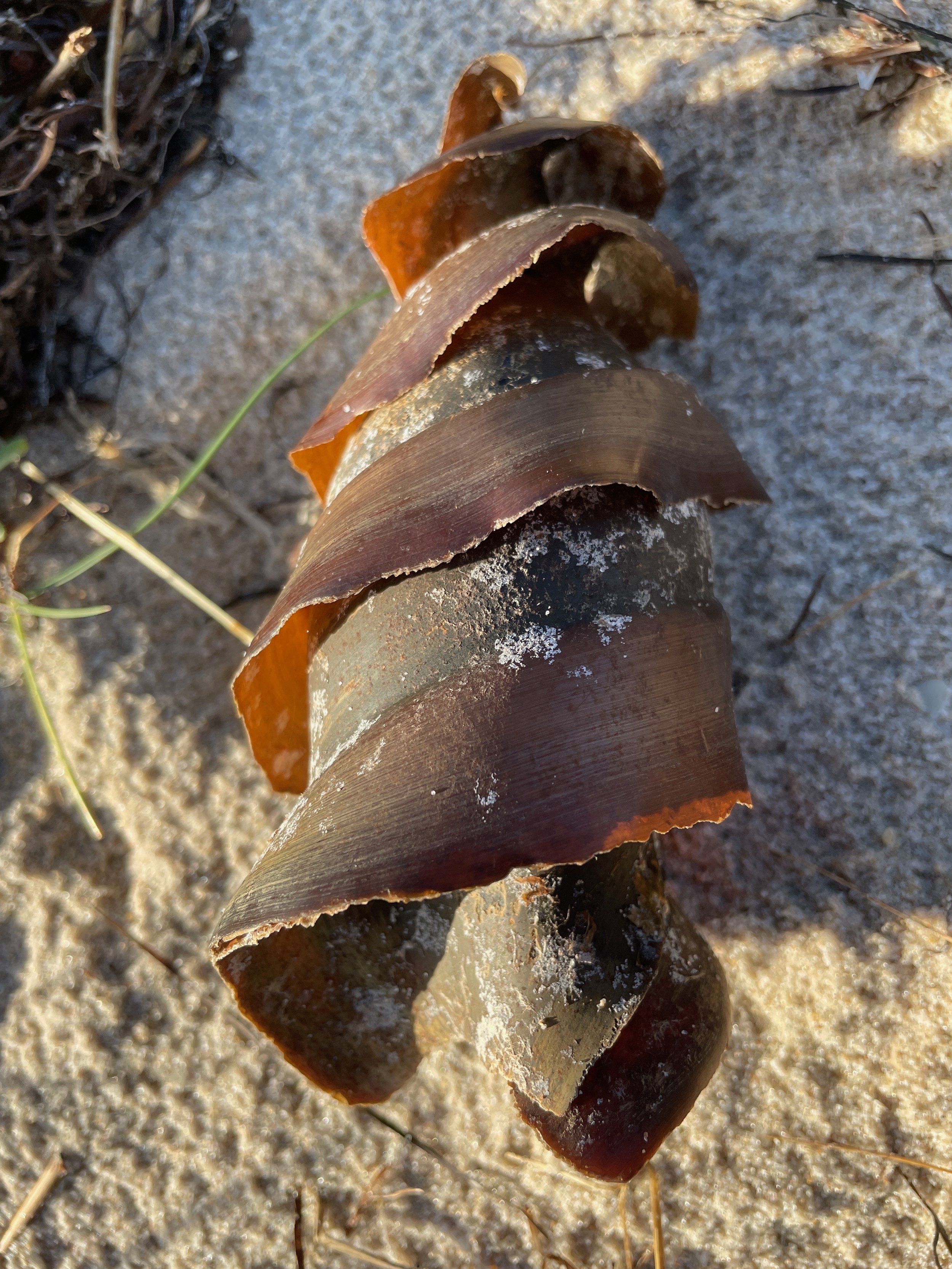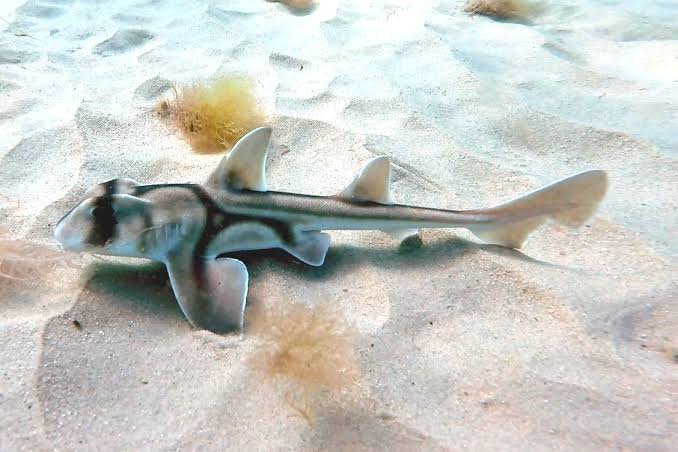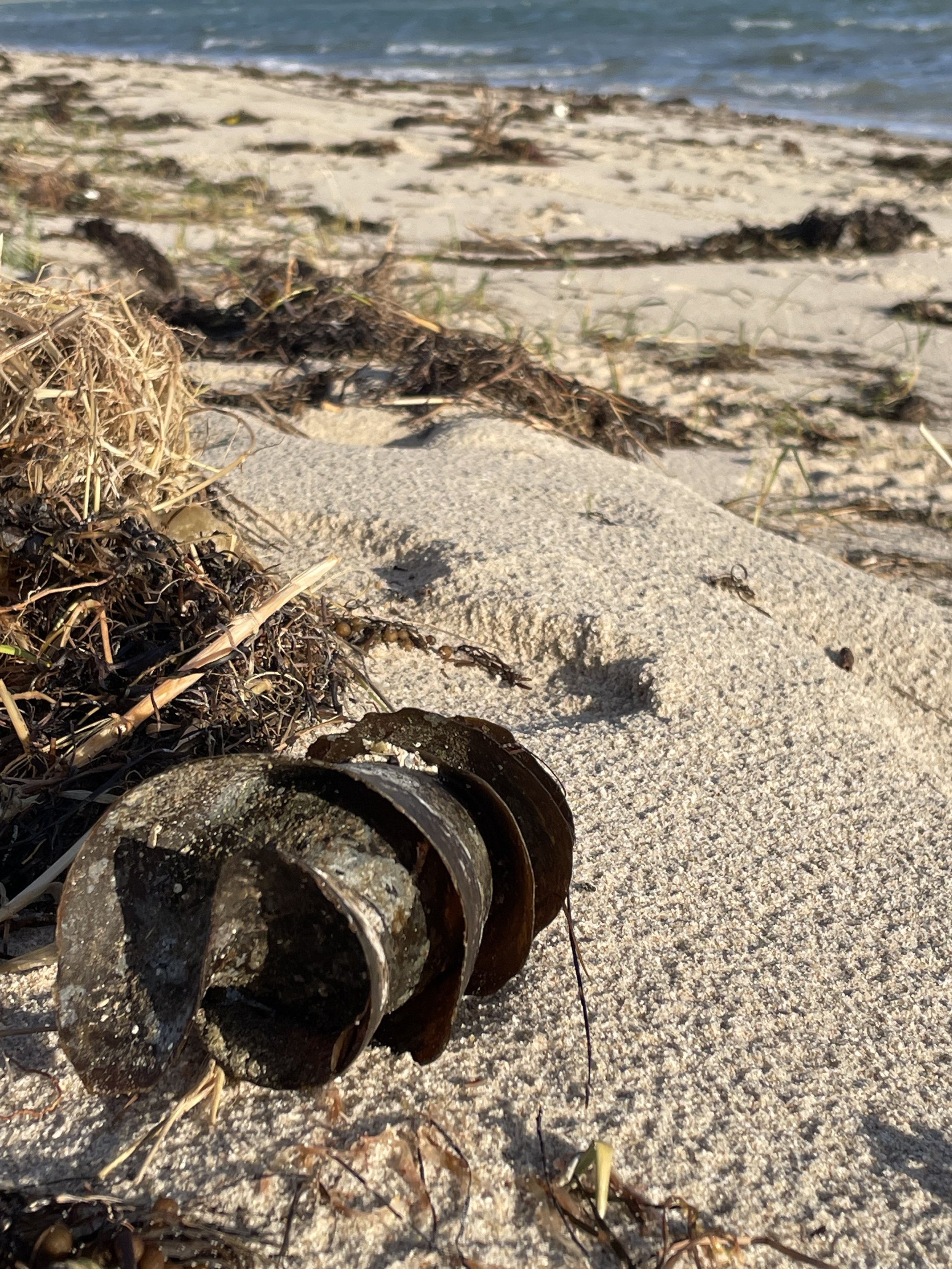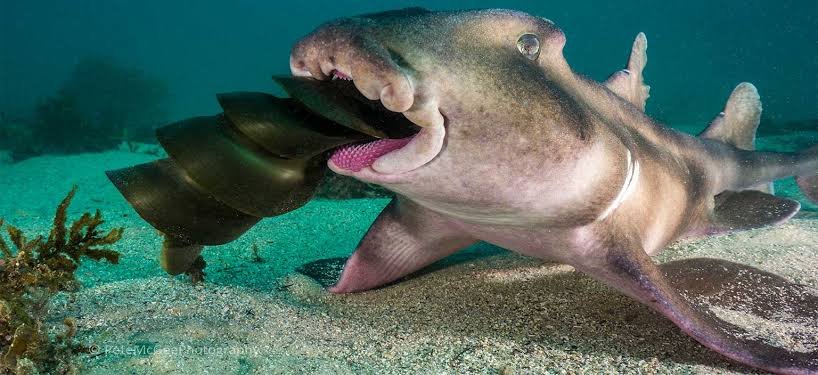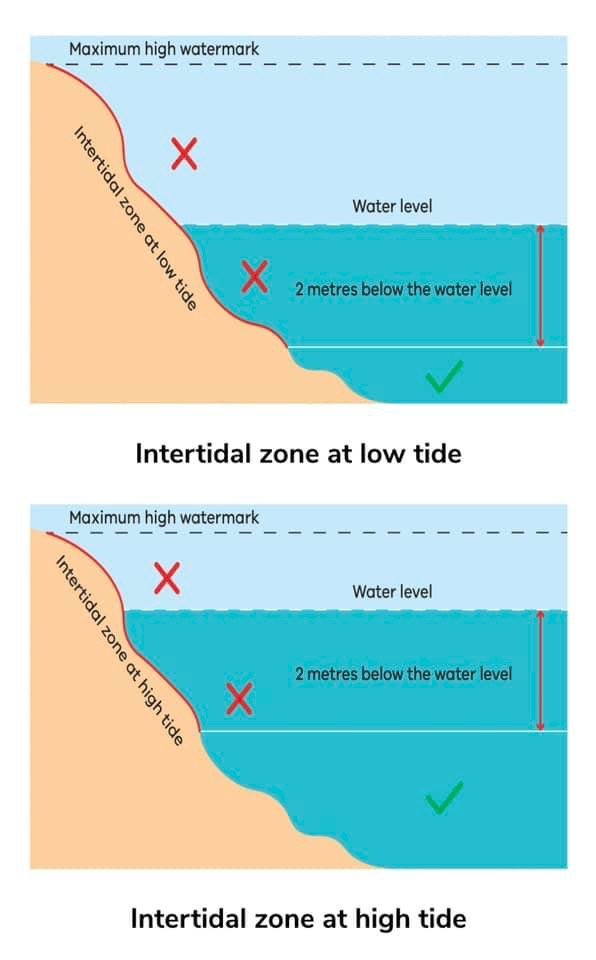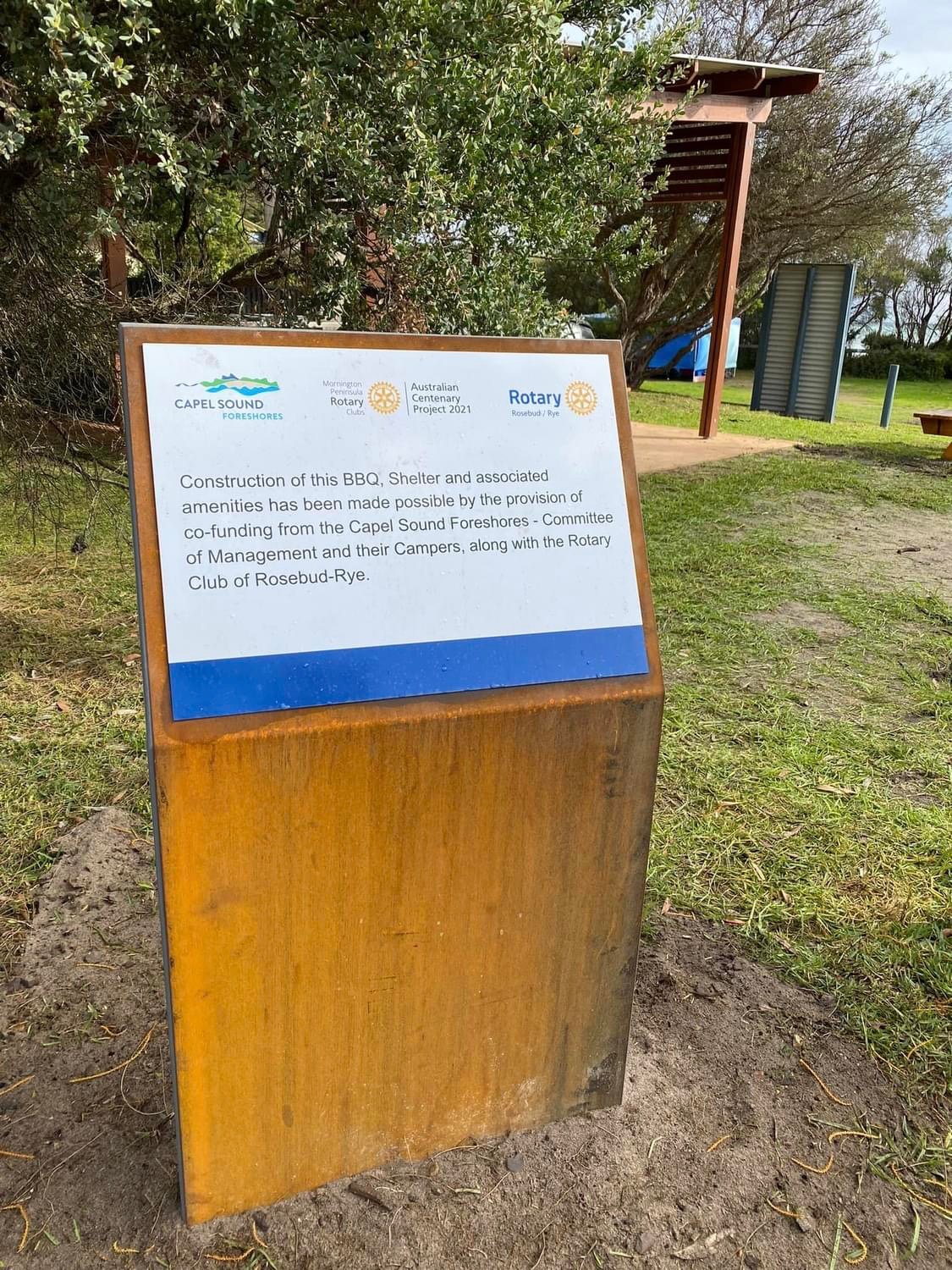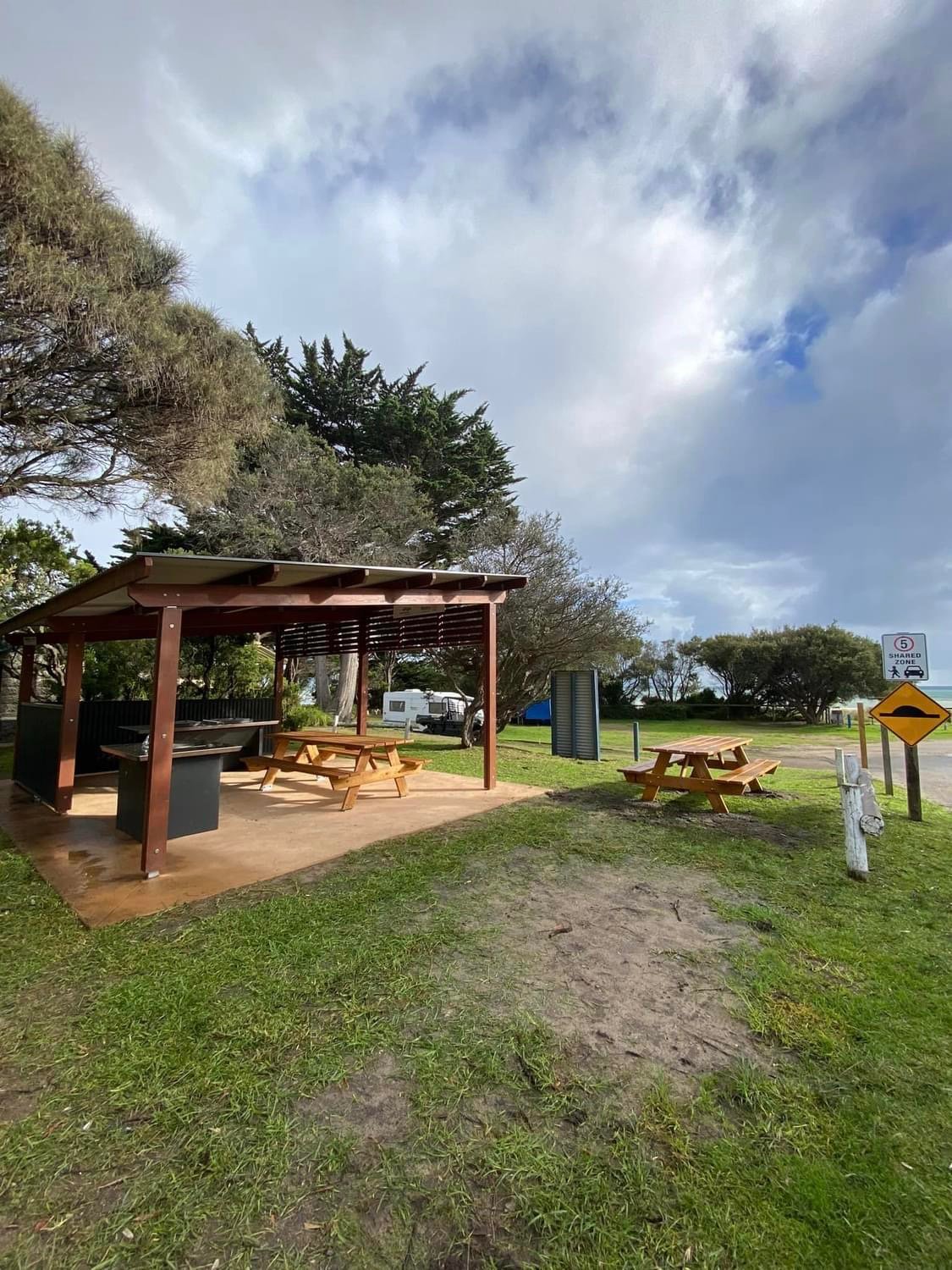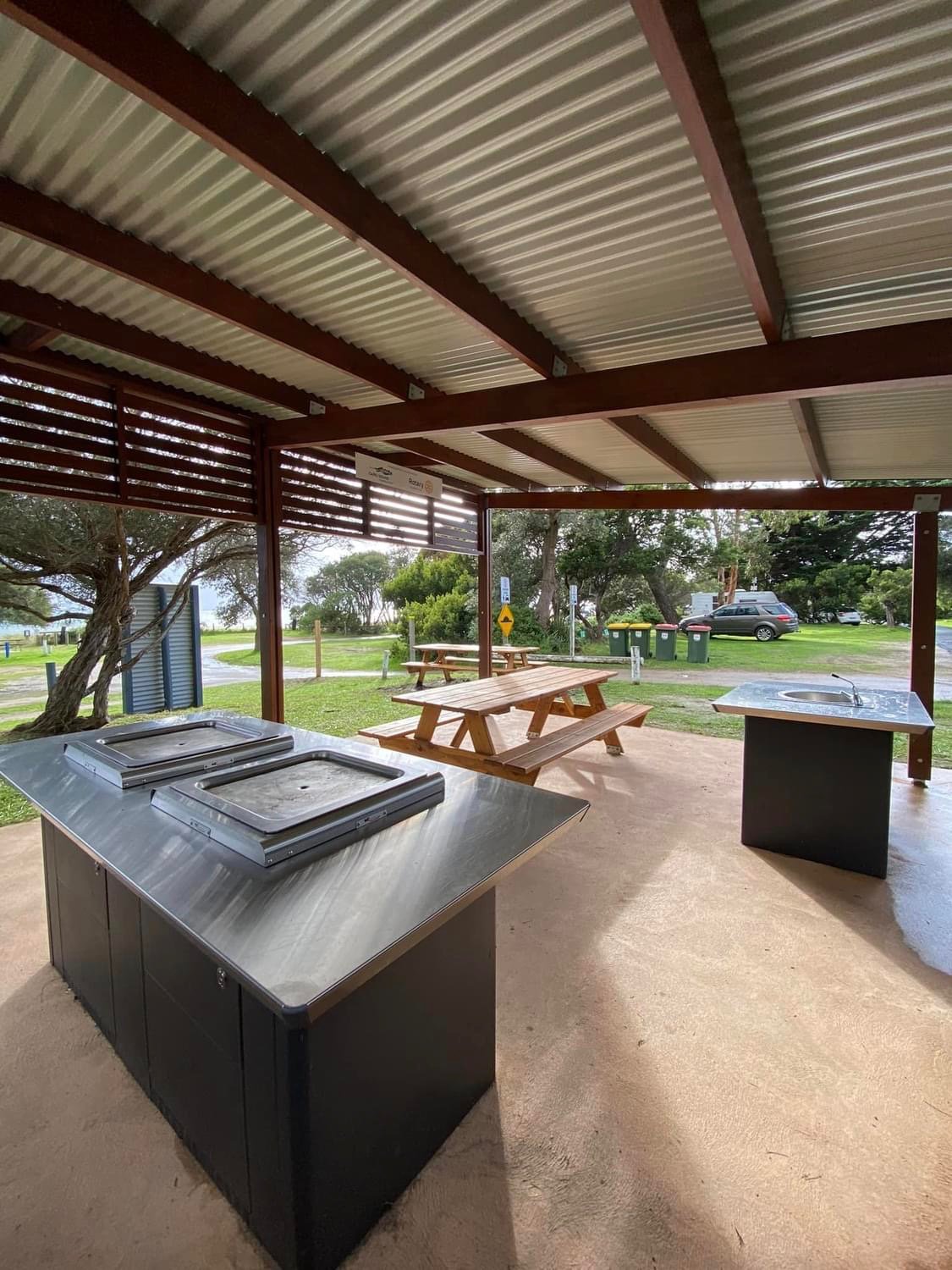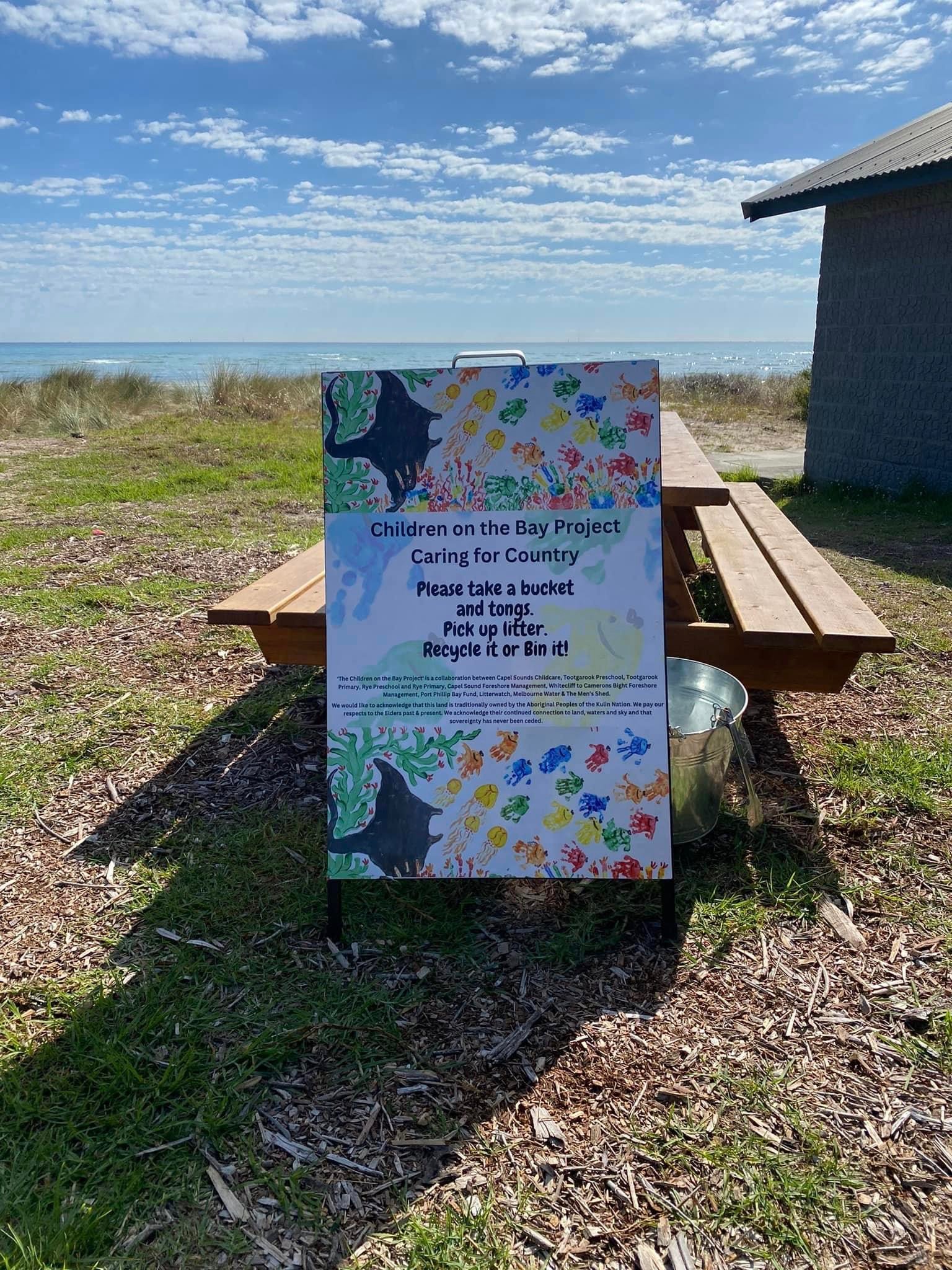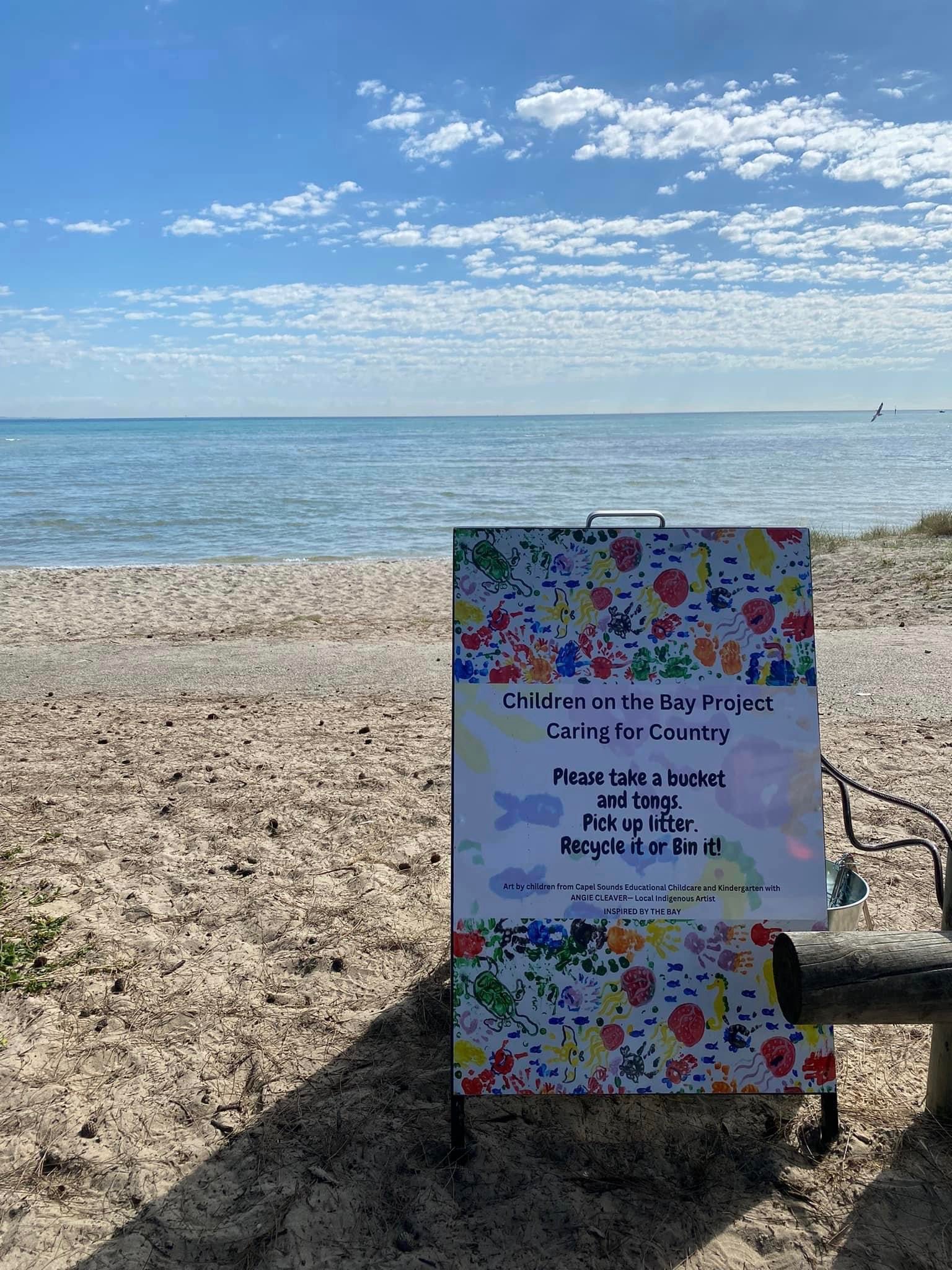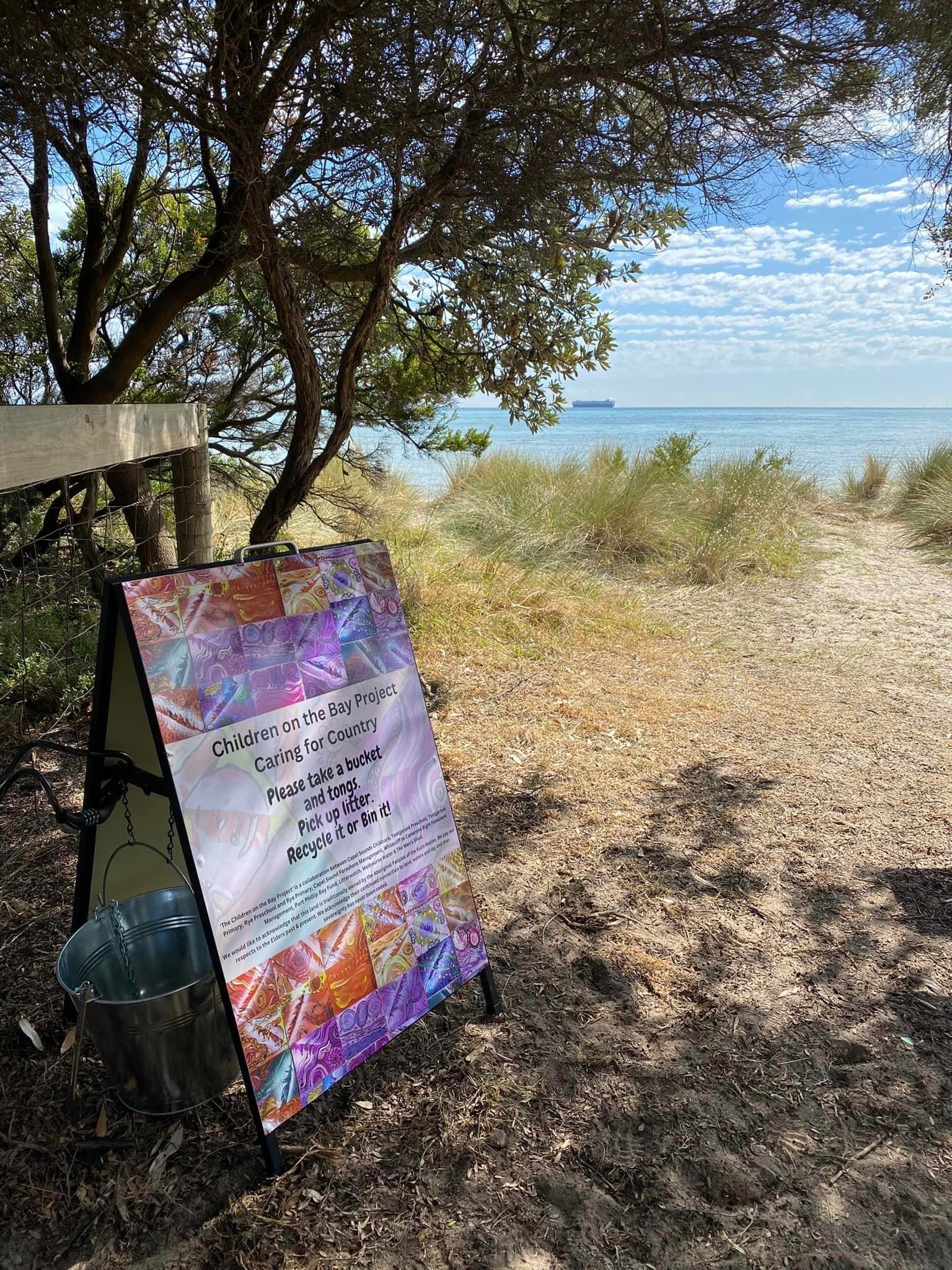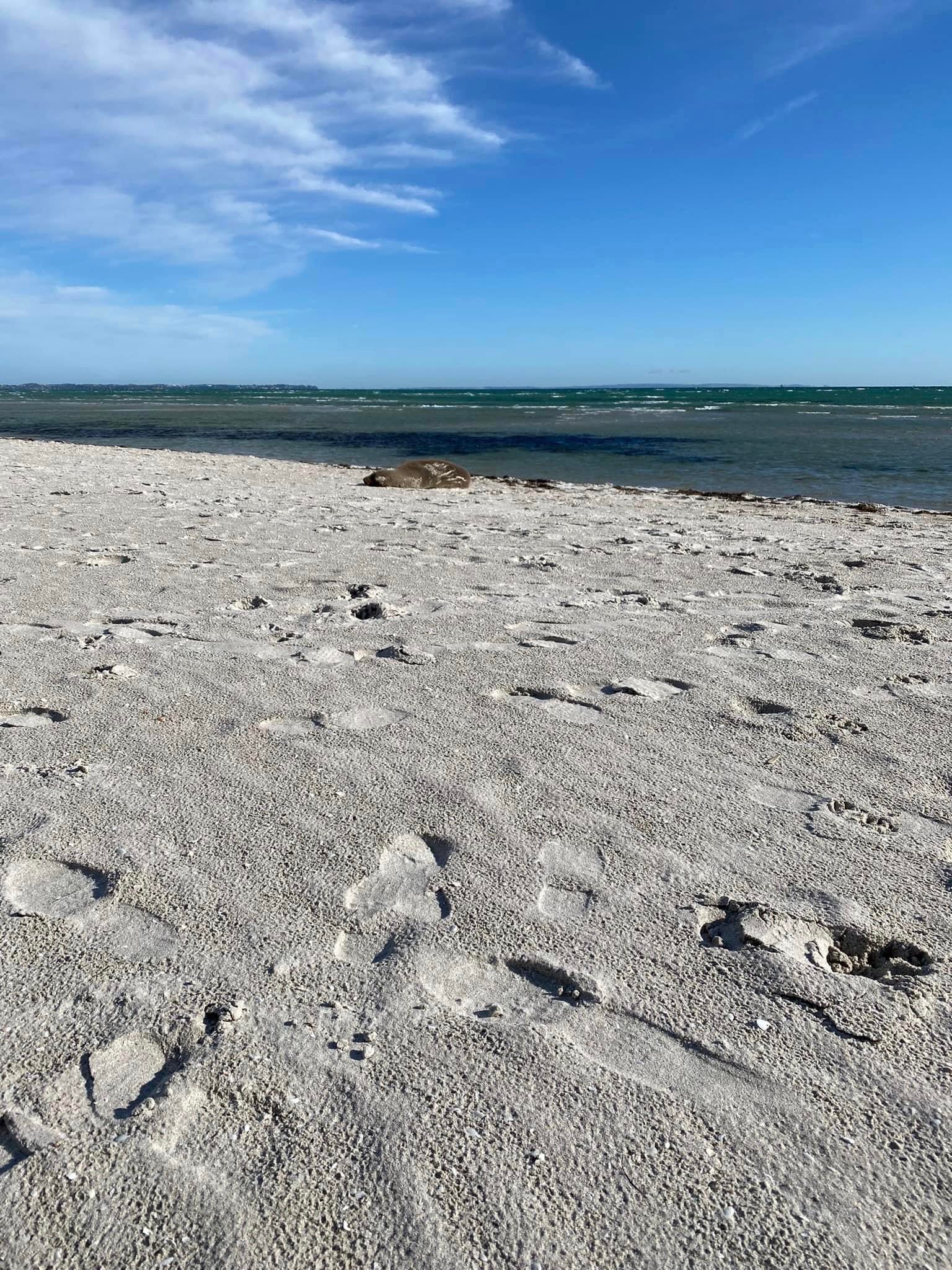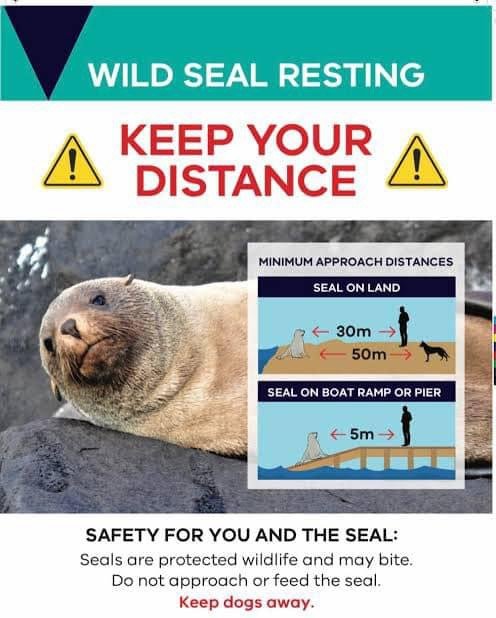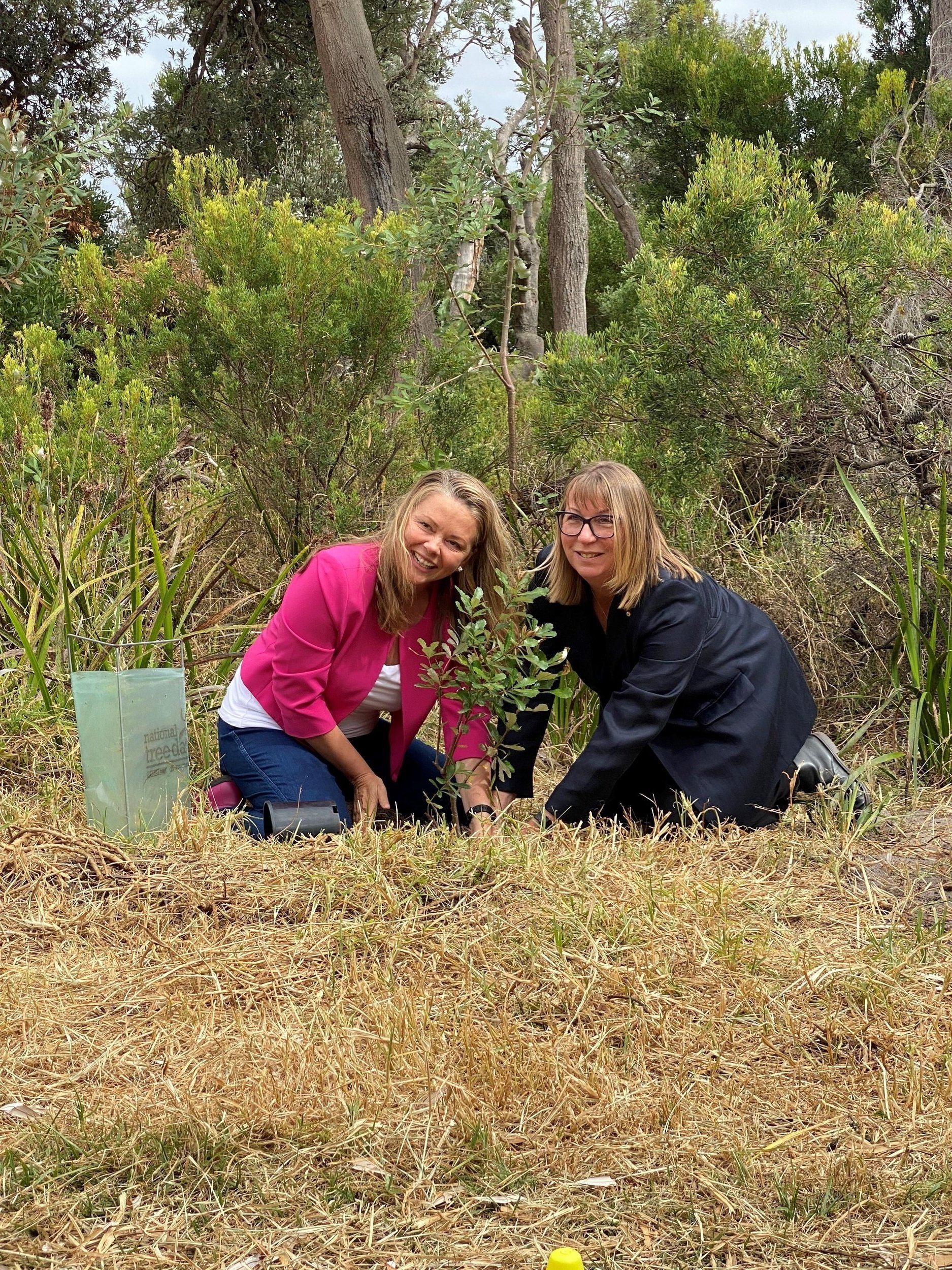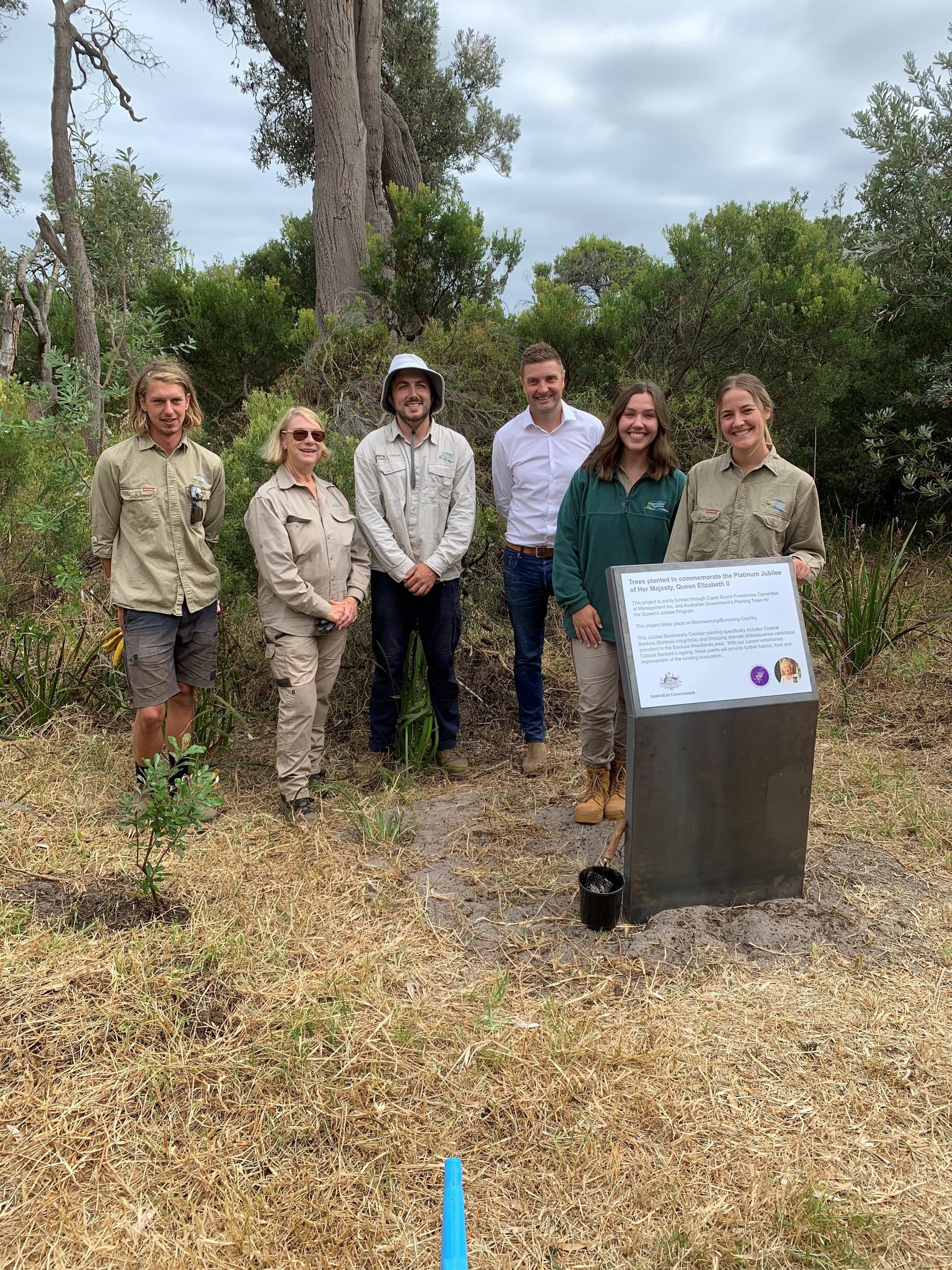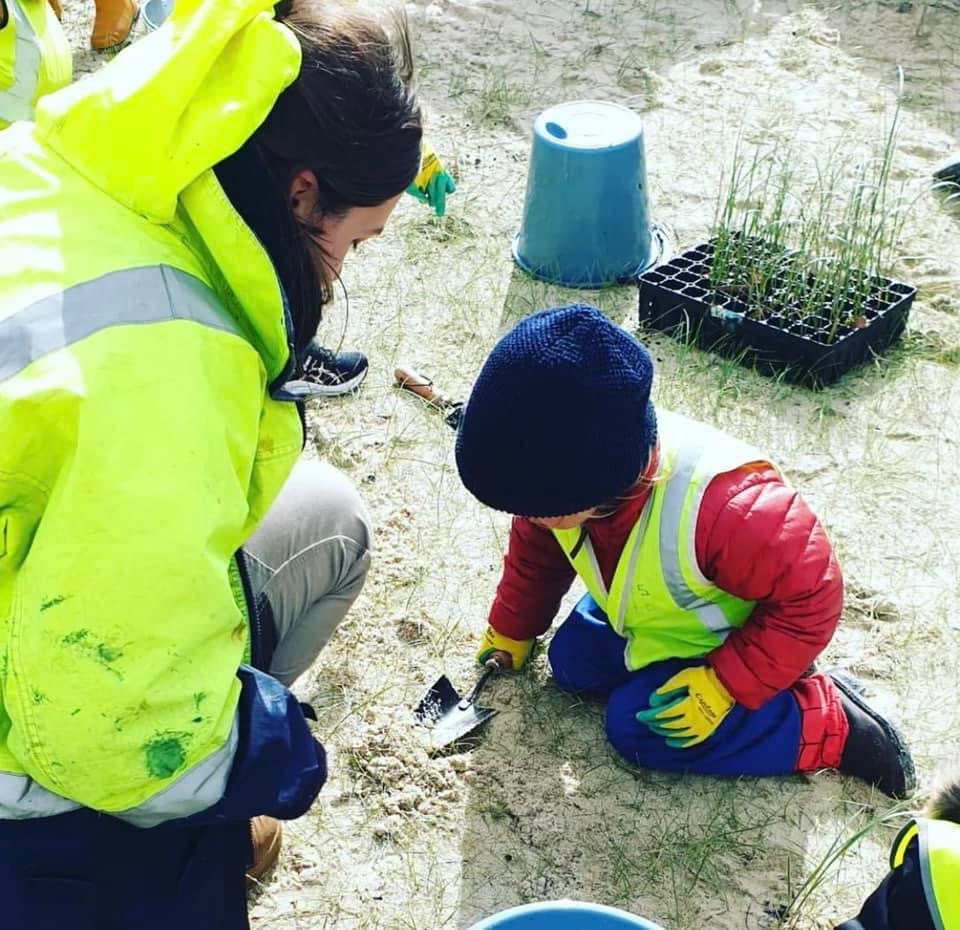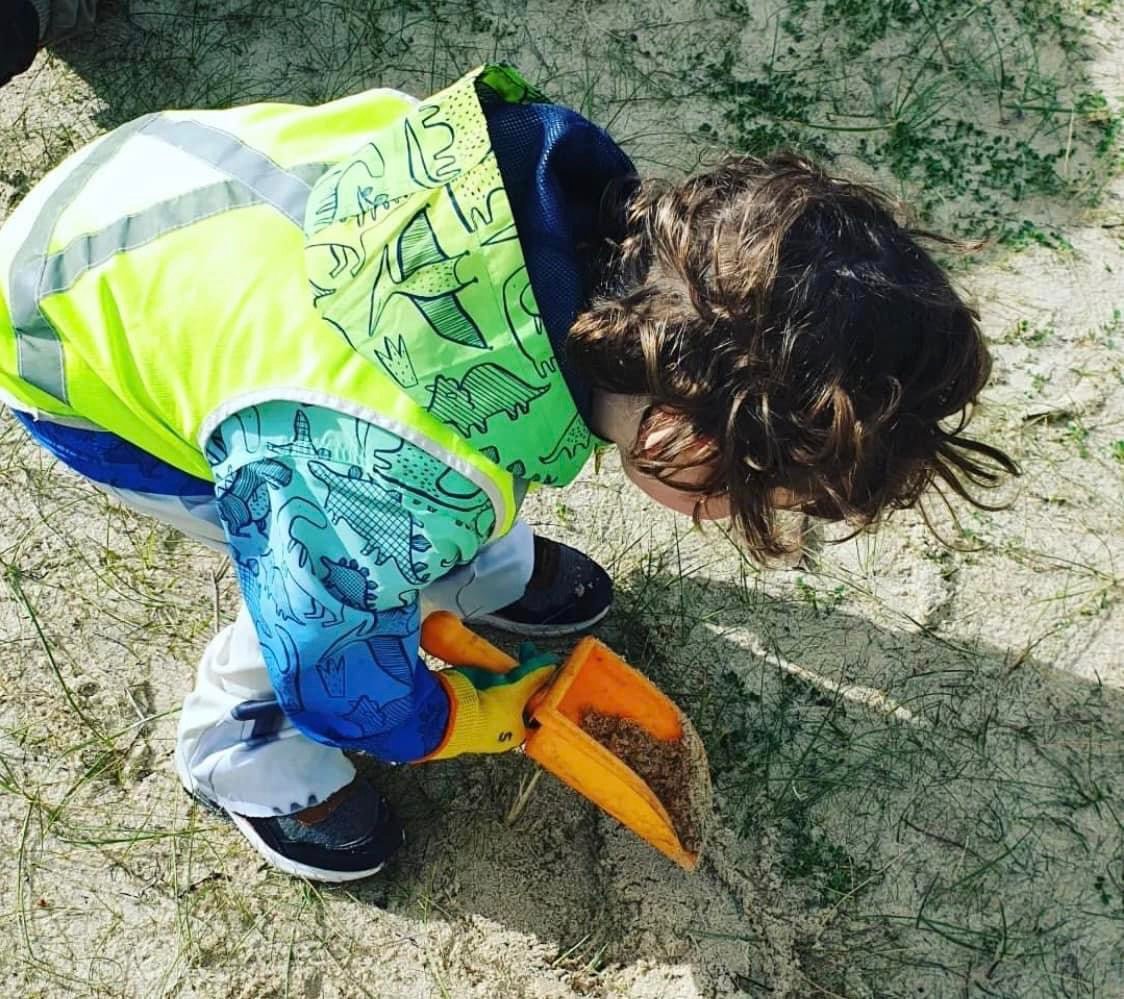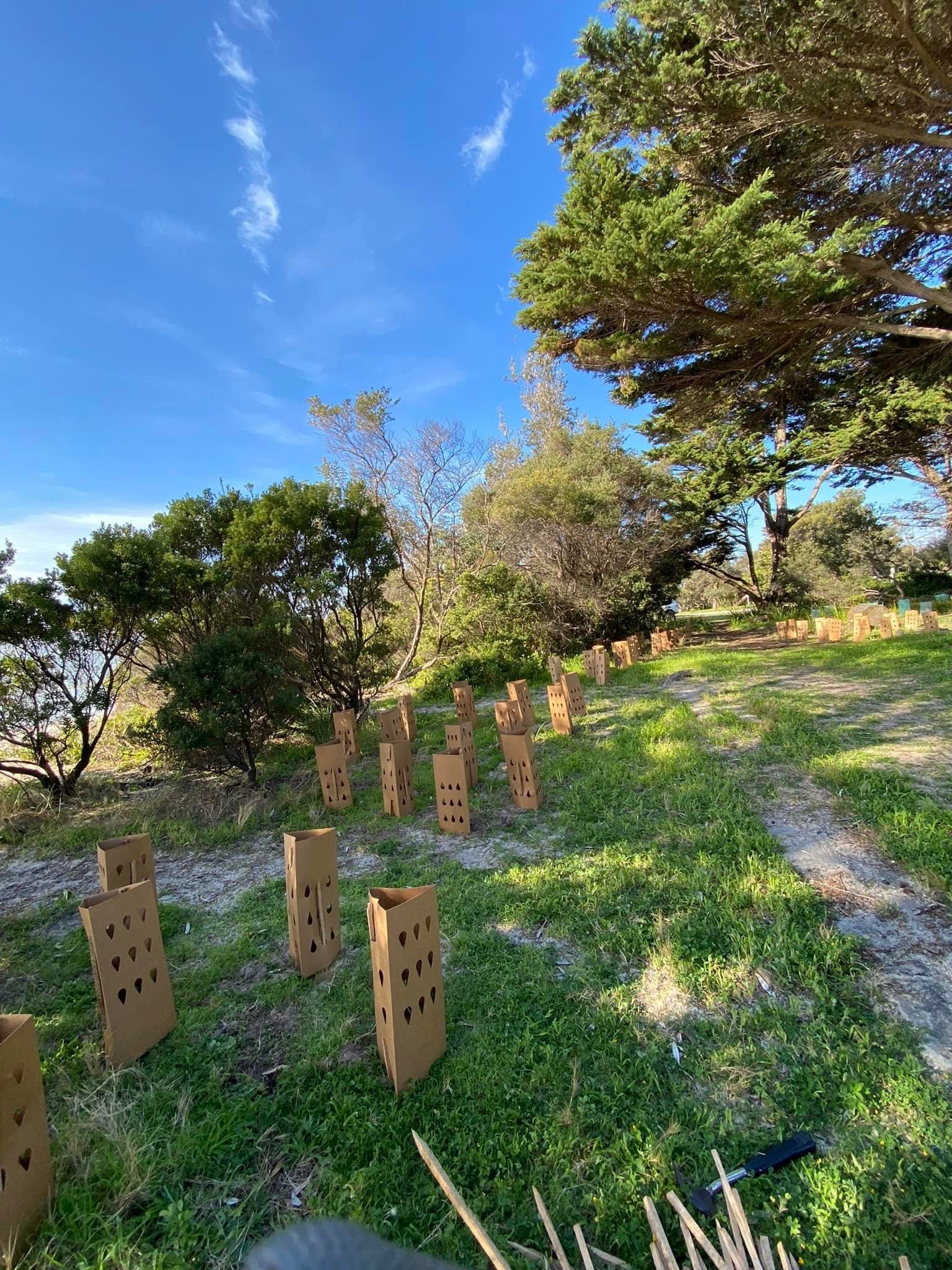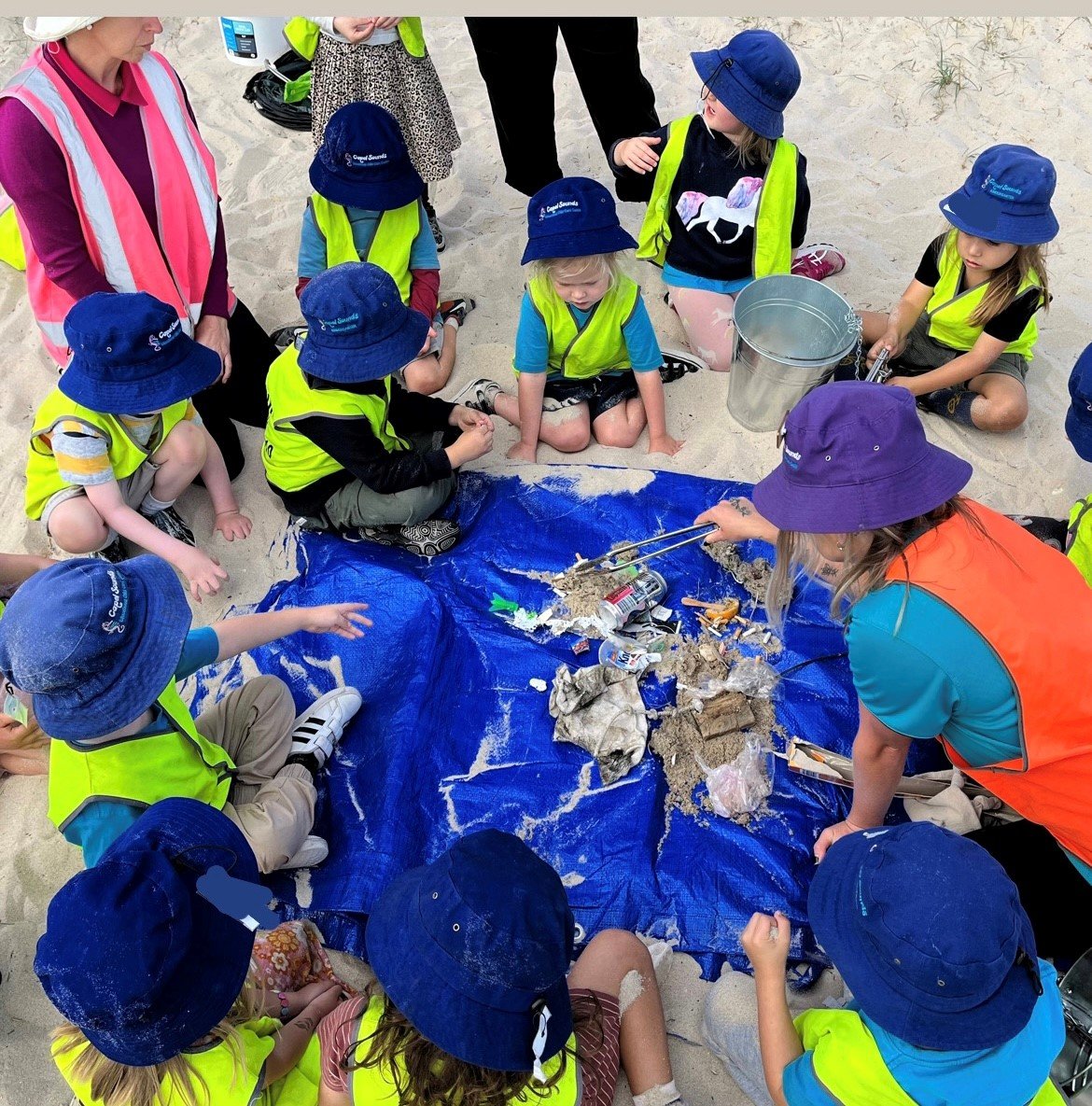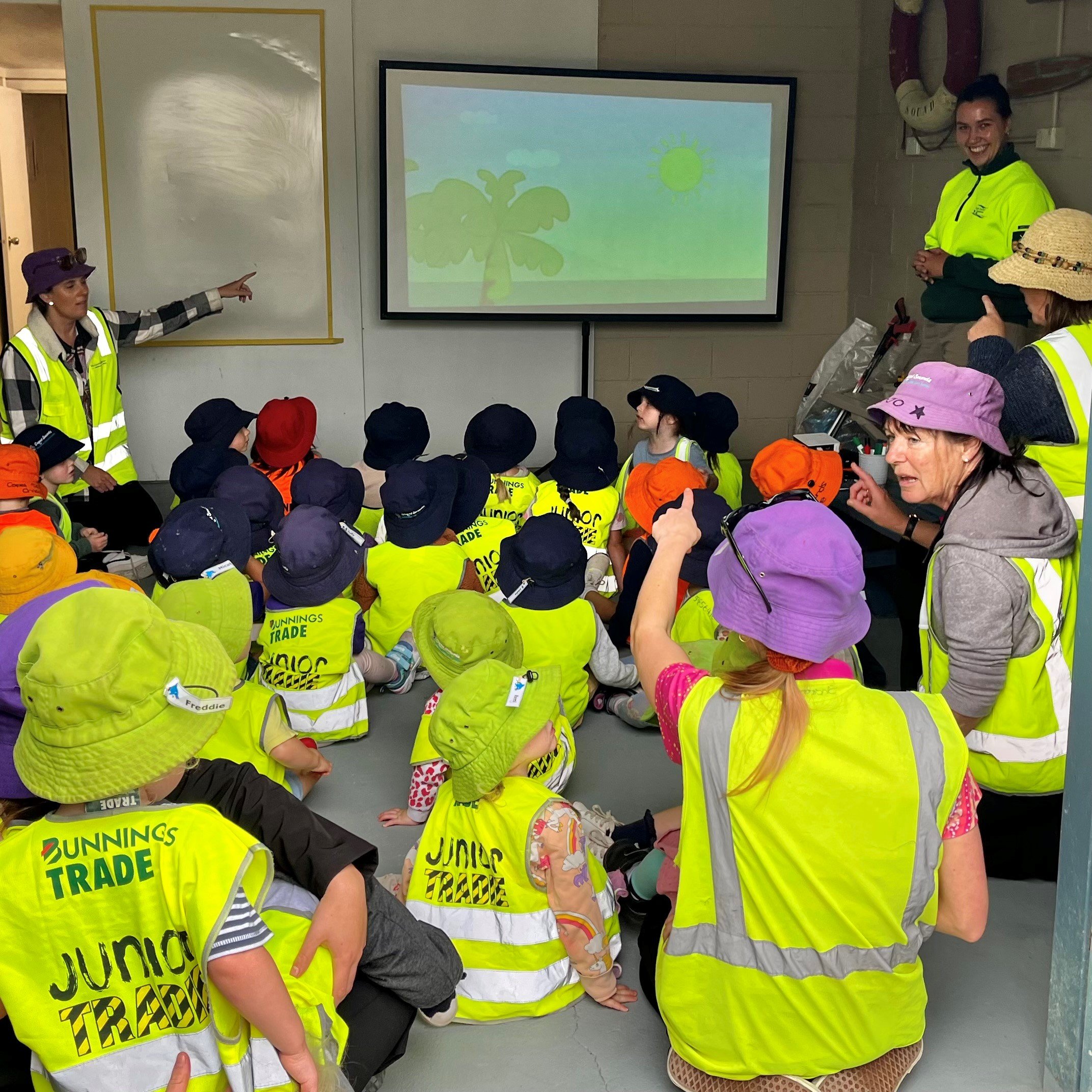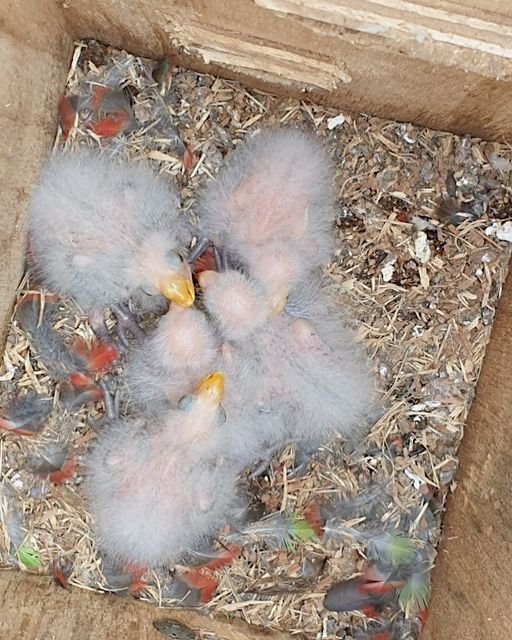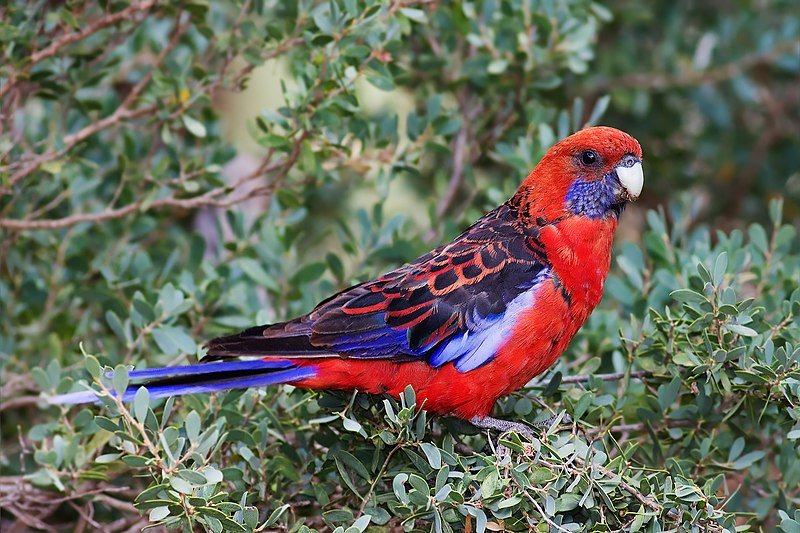Whitecliffs to Camerons Bight Foreshore Reserve and Capel Sound Foreshore Reserve Committees of Management together DEECA are pleased to have established the Mornington Peninsula Coast Committee of Management (MPCCOM) to manage both these precious coastal reserves under one Committee of Management (CoM).
Committees of Management play an integral role in protecting and managing our important and often complex coastal environments. These popular coastal reserves have significant recreational, tourism and environmental values and the beauty of this coastal strip is highly valued by local residents and visitors alike.
The current Whitecliffs to Camerons Bight Foreshore Reserve and Capel Sound Foreshore Reserves Committees of Management jointly recognised that it was necessary for the future of these iconic coastal reserves that they work together as a larger more entity to deal with major future challenges such as climate change and population growth.
The establishment of MPCCOM is expected to deliver many significant benefits for these coastal reserves, most importantly, improved environmental and cultural outcomes and enhanced community and visitor experiences, this will provide positive benefits for the diversity of people who enjoy these special environments.
Appointing a highly skilled and professional committee of management will enable stronger partnerships between coastal managers, stakeholders and local communities, provide financial and governance efficiencies, improved workforce capability and organisational resilience over time whilst retaining the character and uniqueness of each coastal reserve.
DEECA is undertaking a public Expression of Interest (EOI) recruitment process to select suitable candidates to MPCCOM and positions will be publicly advertised via Join a Public Board. Applicants are required to register an account prior to applying. Expressions of interest open on 25 July and close midnight Sunday 10 August 2025. For more information regarding appointments contact: Property.Portphillip@deeca.vic.gov.au
For more information on MPCCOM please contact DEECA’s Priority Projects team PortPhillipPriorityProjects@deeca.vic.gov.au
This project is being delivered in partnership with DEECA, Whitecliffs Foreshore Reserve and Capel Sound Foreshore Reserve
